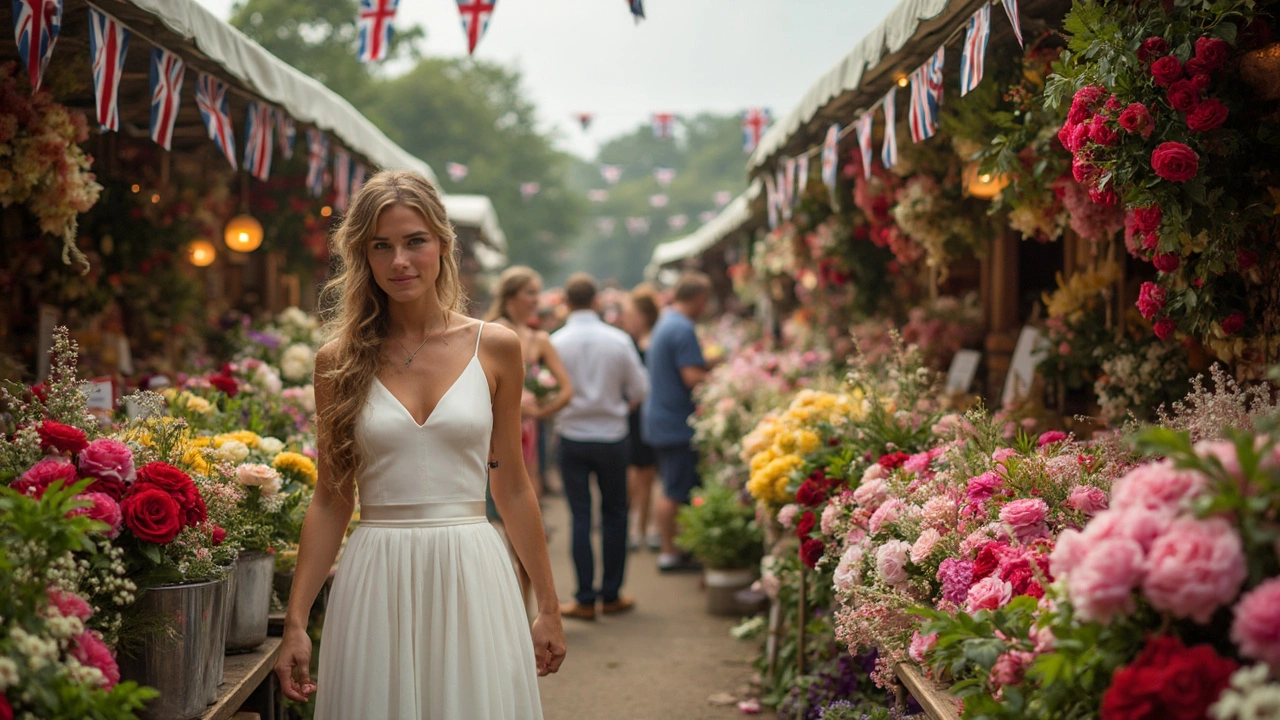Flower Costs Guide: How Much Wedding Flowers Really Cost
If you’ve started scrolling through Pinterest, you already know that flowers can make or break a wedding vibe. But before you fall in love with a cascade of roses, you need to know what the price tag looks like. Below we break down the main cost drivers, who usually foots the bill, and a few hacks to keep your floral dreams on a realistic budget.
Average Prices You’ll See
In Bristol, a basic bridal bouquet typically runs between £80 and £150, depending on the flower type and size. A full‑size table arrangement can cost anywhere from £120 to £250 per table. If you’re planning a ceremony arch, expect to spend £300‑£600 for a modest setup, while a lavish draped backdrop can top £1,000. Keep in mind that seasonal flowers are cheaper – think daffodils in spring or chrysanthemums in autumn – whereas exotic blooms like peonies or ranunculus carry a premium.
Don’t forget the hidden fees: delivery, set‑up, and tear‑down are usually quoted as a flat rate of £50‑£100. Some florists also charge a markup for custom designs, so always ask for a detailed breakdown before signing.
Tips to Keep Costs Down
One of the easiest ways to cut costs is to reuse flowers. Your bridal bouquet can become the centerpiece for the sweetheart table, and ceremony petals can be repurposed for the reception. Choose a limited colour palette – the fewer colours you use, the fewer types of flowers you need, which simplifies ordering and reduces waste.
Another budget‑friendly trick is to mix fresh flowers with greenery or filler foliage. Eucalyptus, ivy, or even local sprigs add volume without adding much to the price. If you’re crafty, consider DIY arrangements for the cocktail hour; buying bulk stems from a wholesale market and assembling them yourself can shave off a few hundred pounds.
Finally, talk to your florist about “green” options. Many local growers offer farm‑fresh bouquets at a lower cost than imported imports, and you’ll get the added bonus of supporting Bristol’s own flower farms.
Who usually pays for the flowers? Traditionally, the bride’s family covers the bridal bouquet and ceremony décor, while the groom’s side handles the boutonnieres and corsages. Nowadays, many couples split the cost or allocate the entire floral budget from their joint savings. The key is to discuss expectations early, so nobody feels caught out later.
When you request a quote, ask the florist for a per‑stem price list. This transparency lets you swap an expensive rose for a similarly beautiful, cheaper daisy without changing the overall look. It also helps you compare multiple vendors side by side.
Remember, the goal isn’t to skimp on style; it’s to make smart choices that let you have the flowers you love without draining your wedding fund. By focusing on seasonality, reusing arrangements, and being clear about who pays, you’ll keep the floral budget in check while still delivering that wow factor.
Most Expensive Wedding Month: Flower Costs and Smart Savings
June is famous for expensive weddings, but is it really the priciest time when it comes to flowers? This article looks at the trickiest months for floral budgets and why timing matters. You'll find real facts about seasonal bloom prices, sneak-peek florist secrets, and clever tips to stretch your flower budget. If you're worried your dream bouquet might be out of reach, you'll want to read this. Learn how to get stunning arrangements without spending a fortune, even during peak wedding season.
View More